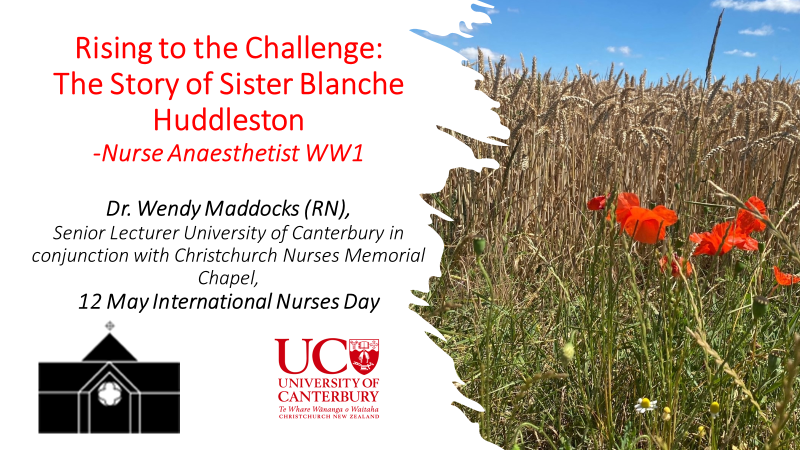Book Review
Dr. Wendy Maddocks, RN, DHlthSci, Nurse Academic and
aromatherapist
April 2023
Integrating Clinical Aromatherapy into Palliative Care by
Carol Rose
Publisher: Singing Dragon
Available to pre order in Southern Hemisphere from www.woodslane.com.au RRP NZ$69.44
This much awaited book makes an extremely valuable addition
to any clinician, whether aromatherapist or other health professional who is involved
in palliative care. The book easily crosses
the ground between a palliative care clinician with minimal knowledge of
aromatherapy and an aromatherapist with little knowledge of palliative care.
Carol writes from her extensive clinical experience both as a registered nurse
and aromatherapist and uses language in a considered professional way. Evident through
all the text is the profound desire to make this time of someone’s life as comfortable
as possible, whilst upholding principles of safety and efficacy.
The 300+ page is divided into 15 chapters, taking us on a
journey from the background explanation of what palliative care is, through to evidence
based practice then leading us into a detailed chapter on what exactly
essential oils are associated aromatics are. The comprehensive table of key constituents,
plants present tin and possible functions is an excellent resource for any
aromatherapist. Again, the focus is very much on safety and quality.
Chapter three introduces us to the myriad of ways essential oils
can be incorporated, again with safety at the forefront with a brief discussion
of the types of medications and cautions needed (such as not using oils high in
1,8 cineole) which can increase dermal absorption of some drugs. Excellent consideration
of techniques such as compresses, foot baths and the stick inhalers rather than
diffusers. Chapter four talks about resilience and the information in this
chapter reaches far wider than aromatherapy and palliative care- we can all learn
something to apply in our own lives. A case study provides a wonderful example.
The spiritual aspects are explored in chapter five and
introduces the reader to the notion of spiritual distress felt by many
undergoing palliative or end of life care. I especially liked the language around
spiritual assessment, which is not religion dependent. Some aromatic
suggestions are provided to help ease spiritual distress. These notions are
anchored with some excellent case studies.
Chapters, six, seven, eight and nine all approach the
specifics of cancer. Up to this point the term palliative care has care has
been an inclusive term, as not all palliative patients have cancer and not all cancer
patients need palliative care. Each chapter is anchored with at least one case
study. Each chapter highs cancer specific concerns such as pain relief, cancer fatigue
and treatment issues and how aromatherapy can be integrated into management of
these symptoms. There is a very helpful discussion in chapter 9 on the endocannabinoid
system and a brief view of cannabinoid benefits for some of these symptoms.
Chapters ten, eleven, and twelve follow three key pathological
sequelae of palliative and end of life care, regardless of the underlying disease.
Chapter eleven explores breathlessness; chapter twelve looks at all the gastrointestinal
effects (including oral care) and chapter thirteen is all related to the skin.
Each chapter has a solid discussion of the underlying pathology (disease
changes) and the current typical medical treatment. Then an exploration of the possible
evidence-based aromatherapy benefits, again supported with a case study. Each
of these chapters can be used across any number of clinical areas and while
some of the language is technical, by its nature, the information contained is invaluable
to ensure the best treatment is used to manage symptoms without adding any risk
of harm to the patient.
Carol is careful not to exclude the burden on caregiver sand
family members with a loved one undergoing palliative or end of life care. In
many countries palliative care is delivered in the home supported by expert
clinicians reaching out from a hospice service. However, in some cases this is
not so and the burden to provide care falls heavily on family members to
navigate this difficult pathways for their loved ones. Chapter thirteen on resilience also has lessons which relate to
wider life, with lots of handy strategies.
I must admit chapter fourteen had me in tears reading the
case studies of the last moments of life and how aromatherapy can assist. Some of the content on grief was valuable, and
my only suggestion here is I would have liked to seen the seminal work by Dr
Lois TonkIn, about growing around grief, mentioned, which grew out of the recognition
that grief doesn’t go through stages as initially posited by Kubler-Ross.
The final chapter is a short chapter with good suggestions
for the way to move forward through more research, better quality research and early
referral to integrated palliative service.
Then follows the exceptionally strong reference list
In conclusion
Carol’s book makes a
considered and valuable addition to aromatherapy and palliative care. It is not
a book of recipes for problems, rather than approach is to provide detailed background
to what the issues are, what can be done to help and comes from a position of the
reader having some sort of baseline understanding of patient care and medical language.
Whilst I would not consider this a book for beginning practitioners of
aromatherapy, I do consider it an essential one for anyone who wishes to expand
their knowledge. It should be available in every hospice as a reference book
and used as a reference in any courses
about palliative care. Congratulations Carol for bring this book to life.












